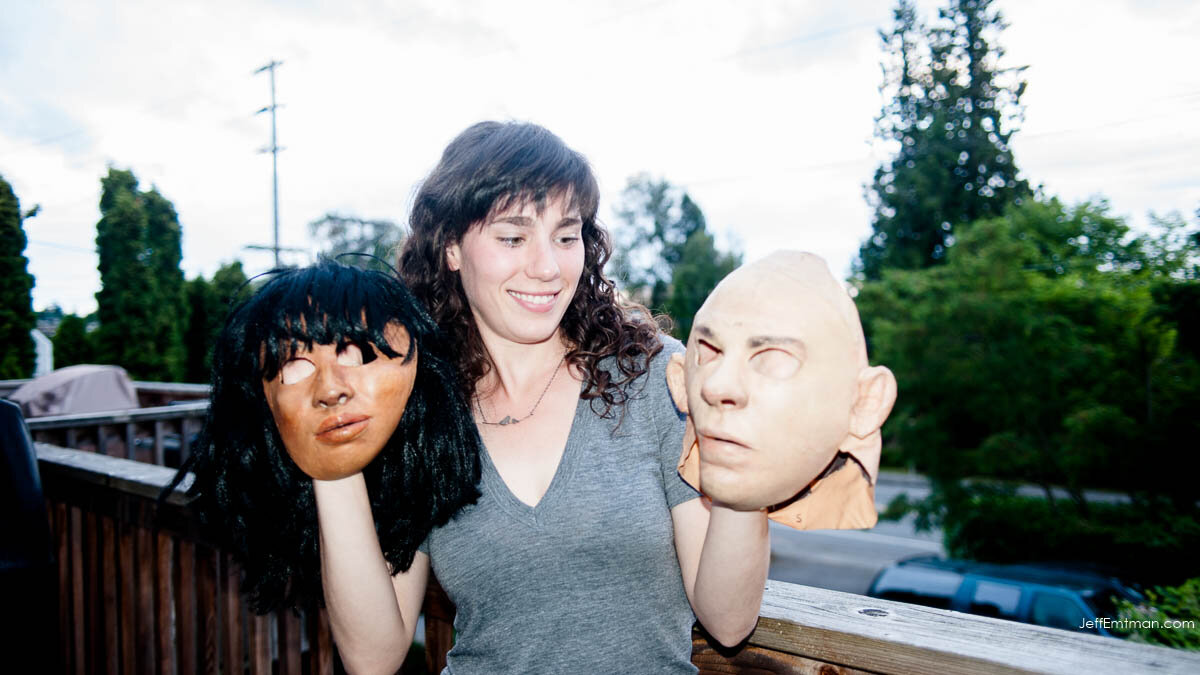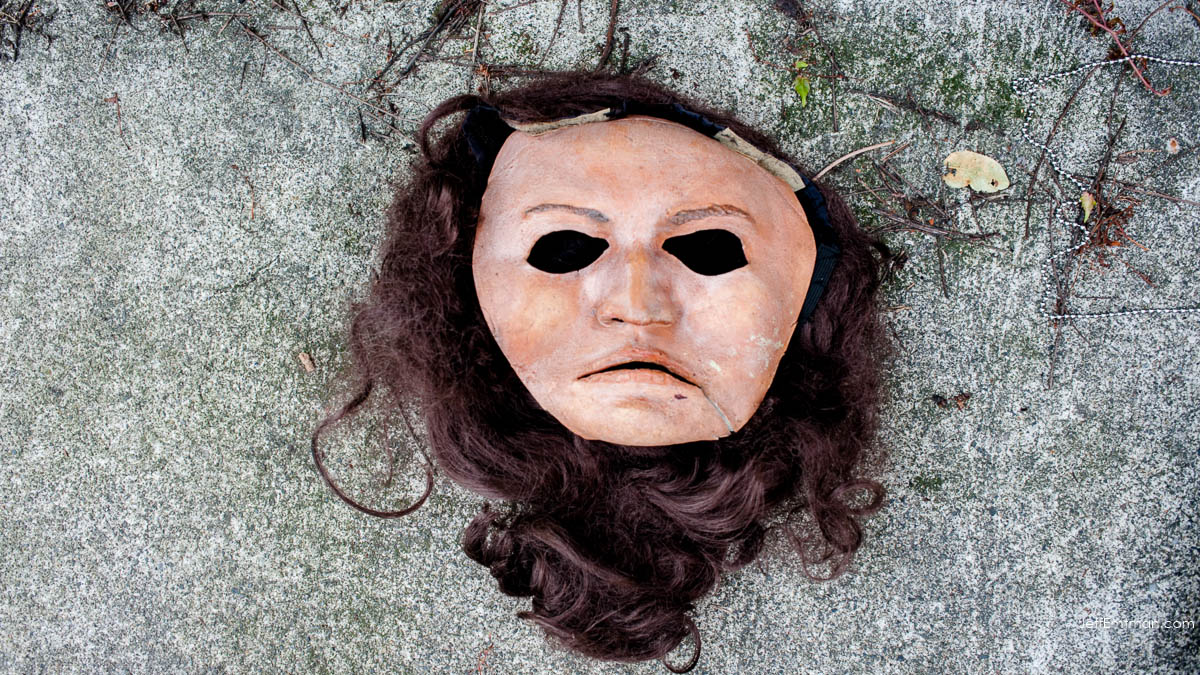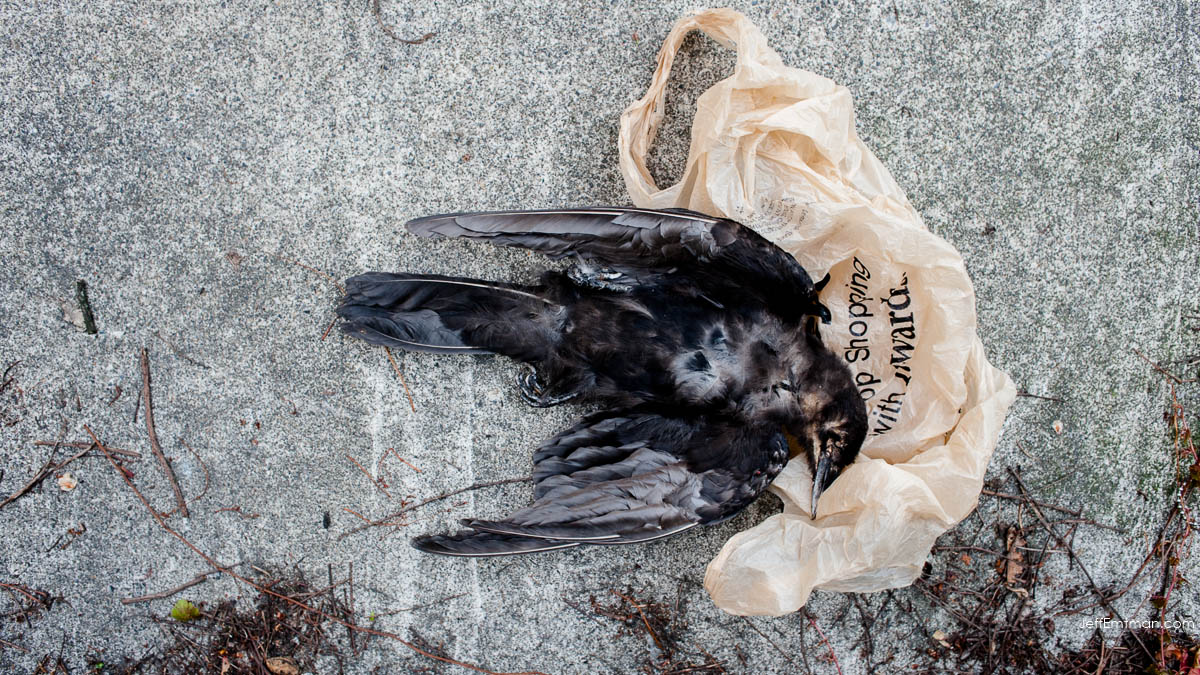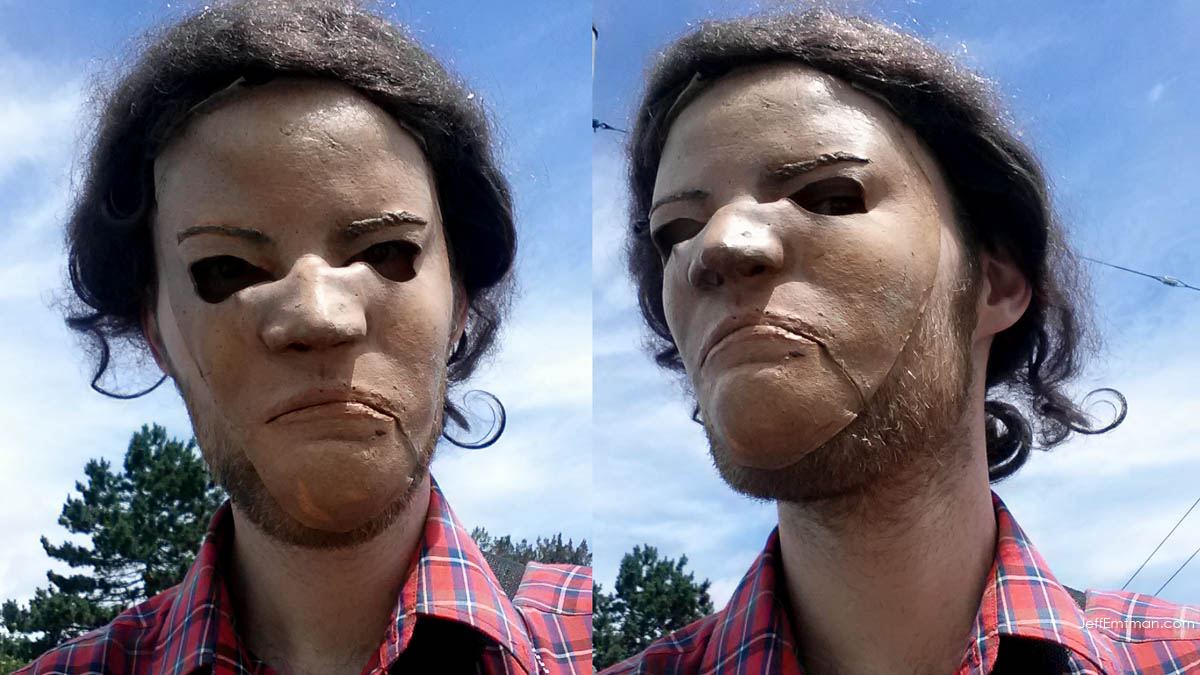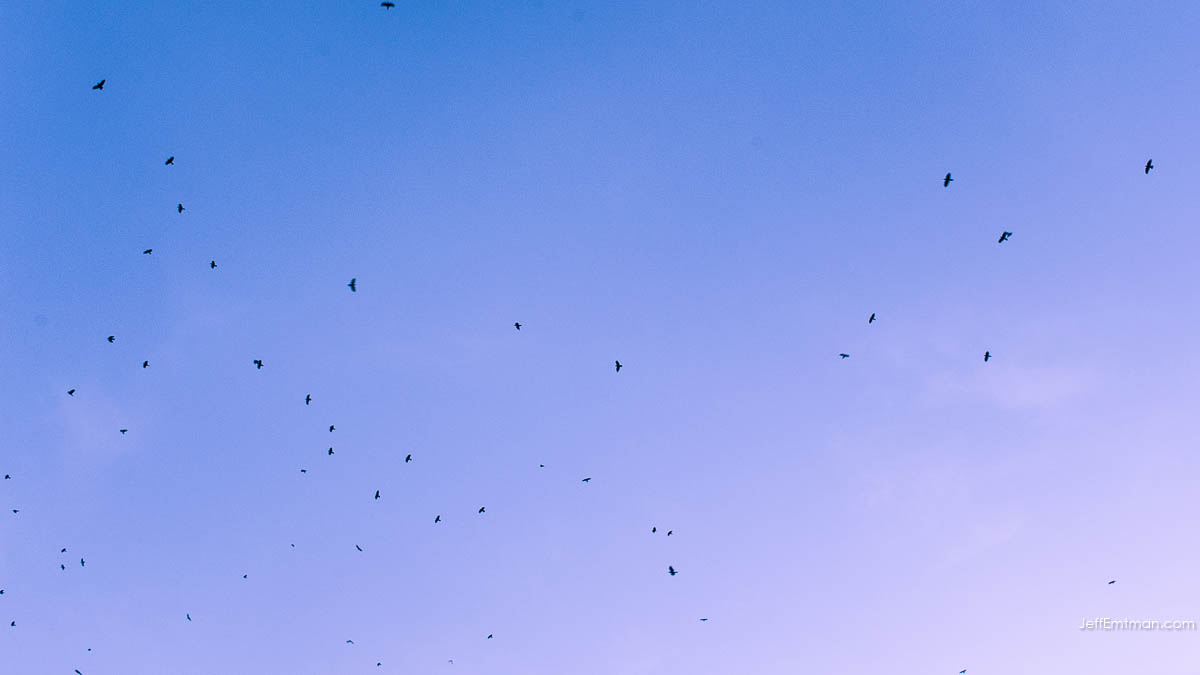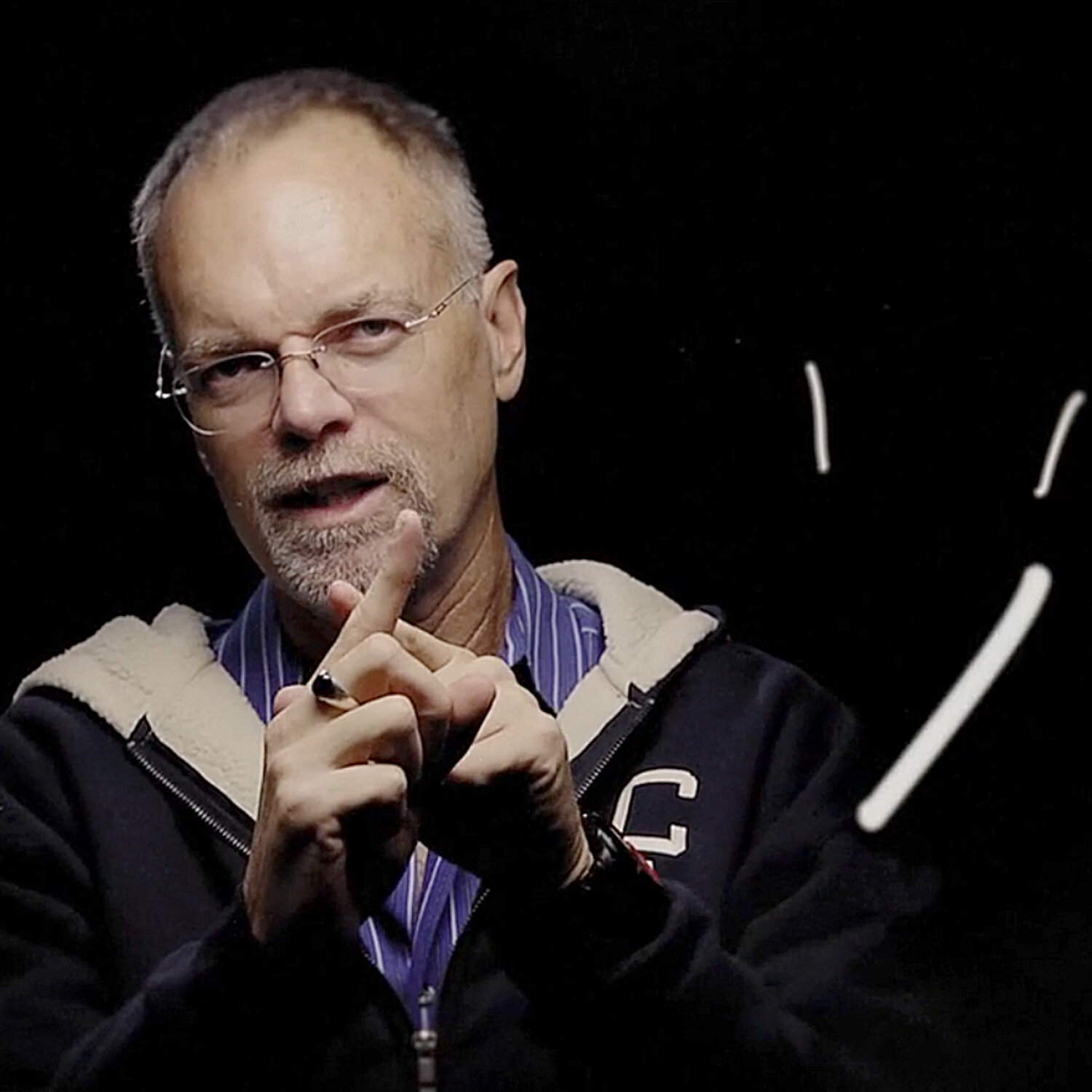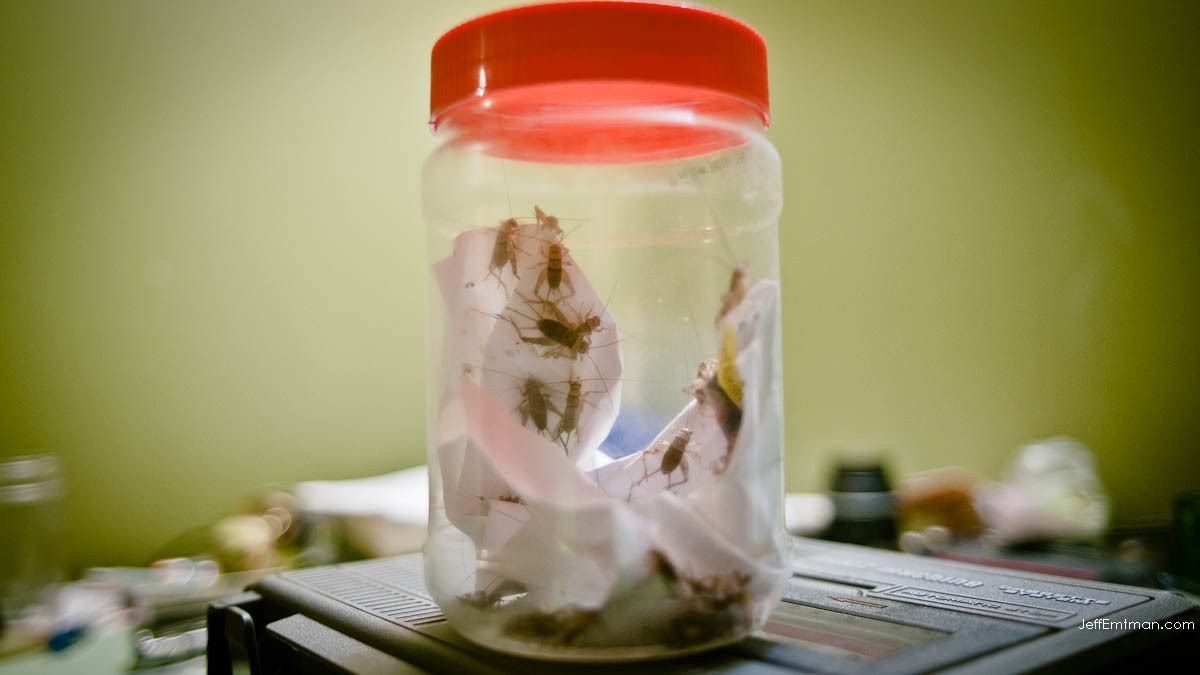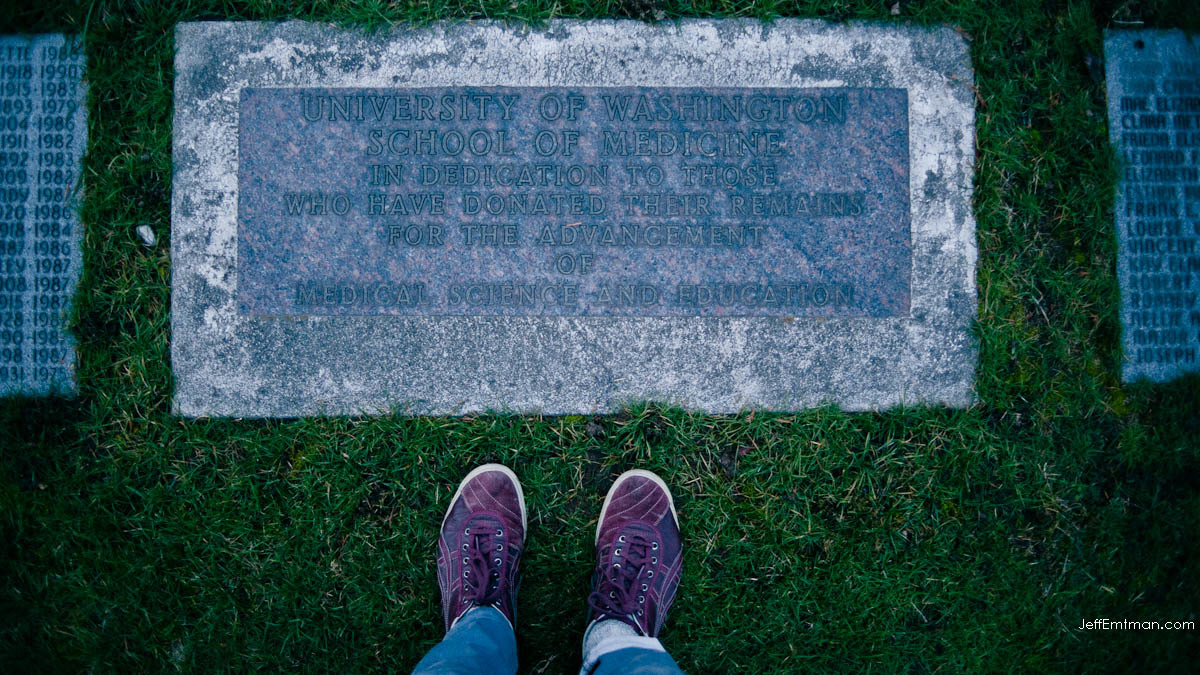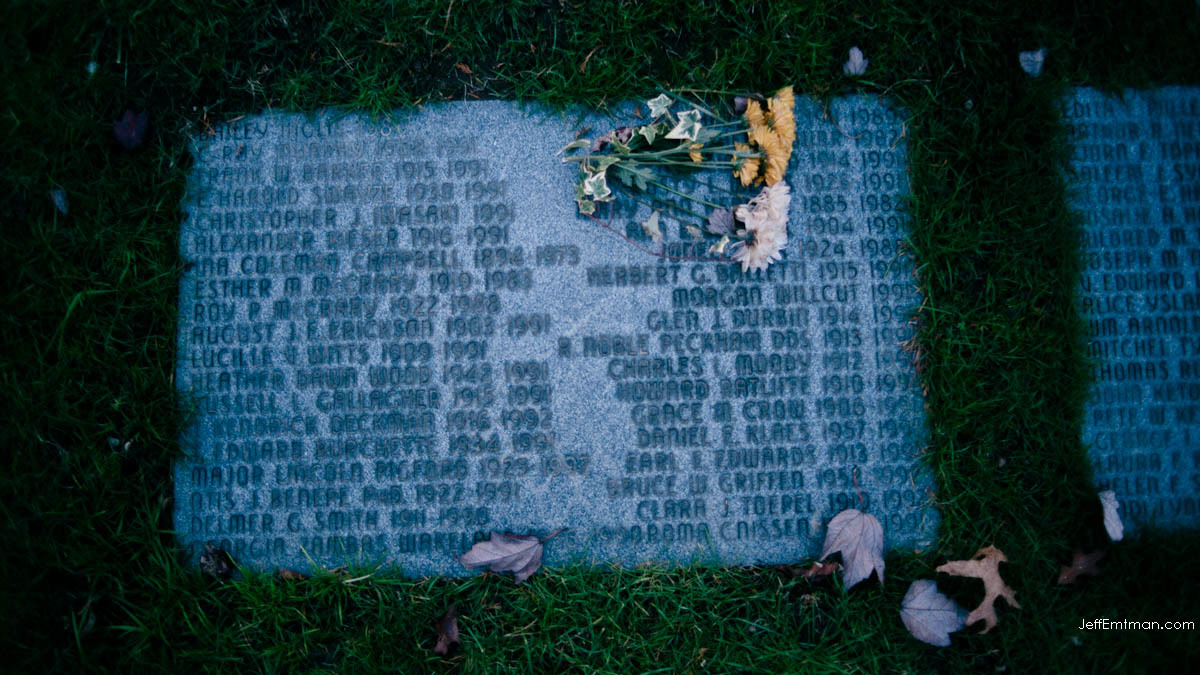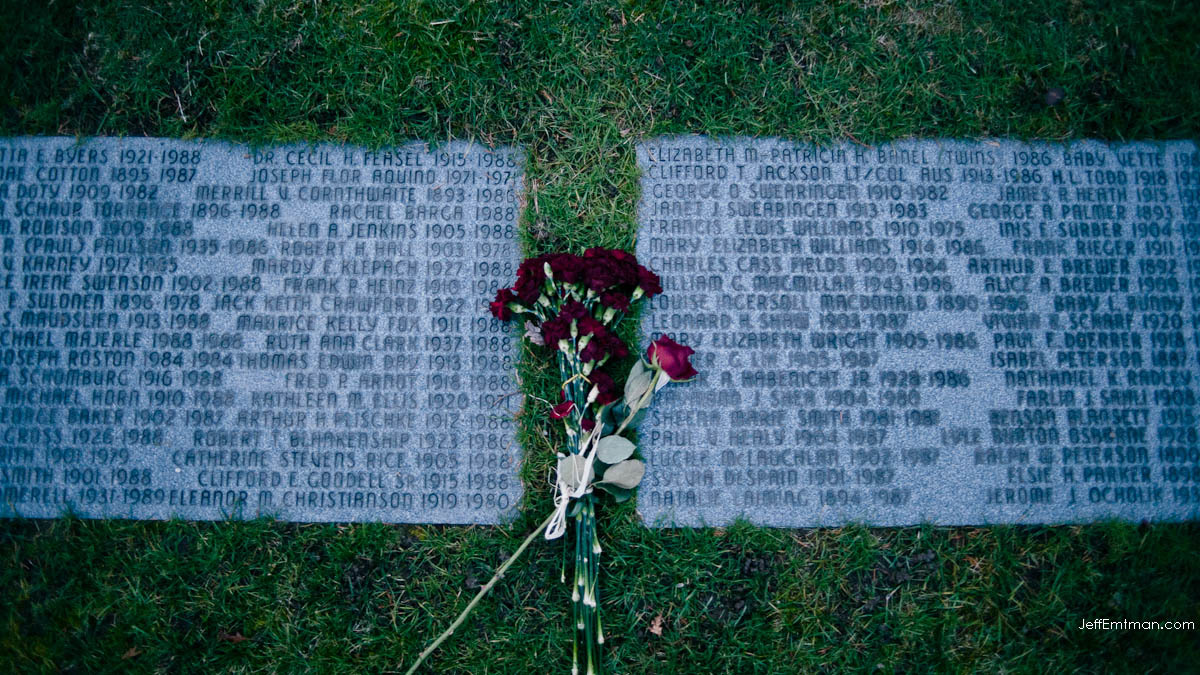HBM038: Do Crows Mourn Their Dead?
/Kaeli Swift holds two of the masks used in her crow research. Photo by Jeff Emtman.
Crows have really strange habits around death. When a bird dies, crows gather, squawking loudly and gathering as many other birds as they can find to come and look at the dead body.
Much of what we know about crow funerals comes from the work of John Marzluff, a biologist at the University of Washington in Seattle. He and Kaeli Swift (one of his grad students) are trying to get to the bottom of these strange phenomena using taxidermy crows and masks and Cheetos and raw peanuts.
On this episode of Here Be Monsters, We look at and listen to the strange behaviors of crows and how they might be able to teach humanity about the origins of funerals and emotions.
Many thanks to David Kestenbaum of NPR's Planet Money for his help on a short version of this piece made for radio...keep your ears peeled.
Also, many thanks to Brian Emtman for tipping us off to this story.
Some of the crow sounds in this episode came from Cornell's Macaullay Library. Citation: macaulaylibrary.org/audio/45291http…org/audio/45291
In this episode there are some amazing recordings of funeral practices from around the world, including Laos (LukeIRL), Bali (RTB45), Colombia (renatofarabeuf), and Ghana (Klankbeeld). via Freesound.
Music from Flower Petal Downpour, Serocell, and The Black Spot.


